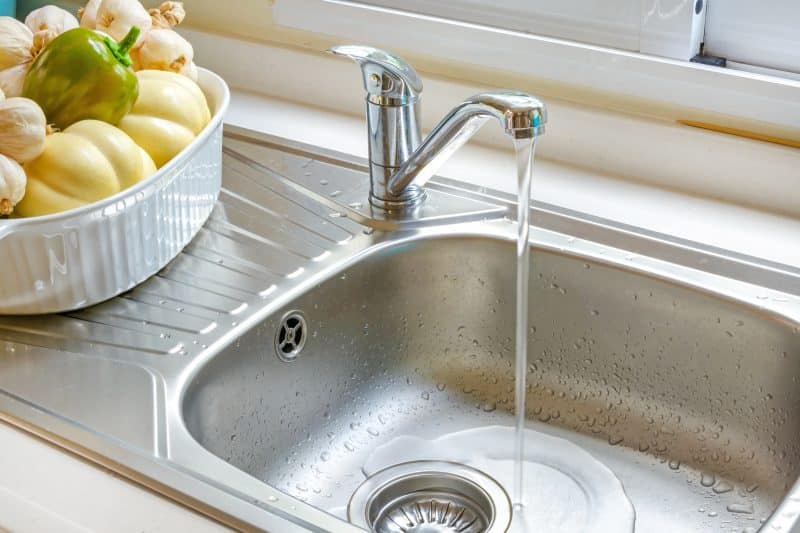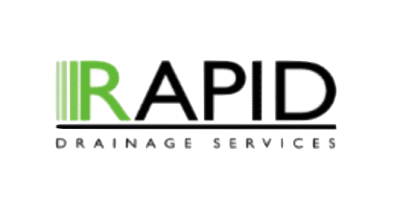How Does Liquid Waste Disposal Work?
How Does Liquid Waste Disposal Work?
When most people think of waste, they picture overfilled bins, recycling trucks, and the occasional bin bag battle with the wind. But not all waste can be tied neatly in a black bag. Some of it is liquid, and dealing with it is a lot more complex than taking out the rubbish.
From sewage to industrial wastewater, liquid waste needs careful collection, treatment, and disposal to prevent pollution, protect public health, and preserve our environment. Whether you’re managing a business in Essex or just curious about where your wastewater goes, understanding how liquid waste disposal works is crucial.
Let’s take a look beneath the surface – quite literally, at what happens to the stuff that disappears down our drains every day.
1. Understanding Liquid Waste
Before we dive into the process, let’s define what liquid waste actually is. Spoiler alert: it’s not just the water that disappears down your plughole.
Liquid waste covers a broad range of substances, anything in liquid form that’s discarded, contaminated, or no longer useful. Here are the main types:
 Sewage
Sewage
This is what flows from homes, offices, and businesses, the everyday wastewater containing human waste, soap, food particles, and cleaning products. It’s the kind of waste that domestic drainage systems and treatment plants handle daily.
 Industrial Wastewater
Industrial Wastewater
Factories, power plants, and manufacturing facilities produce vast quantities of wastewater. This type often contains chemicals, oils, metals, and other pollutants that require specialist treatment before disposal.
 Agricultural Runoff
Agricultural Runoff
When rainwater flows across farmland, it picks up pesticides, fertilisers, and animal waste — all of which can contaminate nearby rivers and streams if not properly managed.
 Hazardous Liquid Waste
Hazardous Liquid Waste
This includes chemical by-products, solvents, or toxic substances that need special containment, handling, and disposal due to their potential danger to people and the environment.
Each type of liquid waste requires a tailored approach, and that’s where expert waste management teams come in.
2. The Liquid Waste Disposal Process
So, how does it all work? Let’s break down the stages of liquid waste disposal in Essex (and beyond), from collection to final discharge.
Step 1: Collection
Liquid waste is collected from various sources using different methods depending on its origin:
Sewage systems: Collect wastewater from homes and businesses via underground pipes.
Septic tanks: Used in rural areas or properties not connected to mains drainage; these tanks are emptied periodically by licensed waste carriers.
Industrial collection: Businesses may have containment tanks or collection pits for liquid by-products.
Rapid Drainage and other specialist providers use vacuum tankers and pump systems to safely remove and transport this waste.
Step 2: Transportation
Once collected, the waste is transported to a licensed treatment facility. Depending on its nature, this might involve sealed tankers, pipelines, or specialised hazardous waste transport vehicles.
Transportation is tightly regulated in the UK, all carriers must be registered with the Environment Agency, ensuring traceability and compliance with environmental laws.
Step 3: Treatment
This is where the magic (and science) happens. Treatment facilities clean and process the waste, removing pollutants and separating solids from liquids. The goal: to make the water safe enough to return to nature or reuse.
The process generally includes three stages:
Primary Treatment
This stage removes large solids and debris through screening, sedimentation, and skimming. Imagine it as a big filter catching the obvious stuff – sand, plastics, grit, and sludge.
Secondary Treatment
Here, biology takes over. Microorganisms are introduced to break down organic matter (think food waste, oils, and other natural compounds). It’s essentially a microbial clean-up crew that eats the contaminants.
Common systems include activated sludge tanks and trickling filters, both of which are effective at significantly reducing pollutants.
Tertiary Treatment
The final polishing phase. Advanced chemical, physical, or biological methods remove remaining contaminants, pathogens, and nutrients. Processes like filtration, UV disinfection, and chlorination ensure the treated water meets strict environmental standards.
By the end of treatment, the liquid is cleaner, safer, and ready for its next destination.
Step 4: Disposal or Reuse
Once treated, the water has a few possible fates:
Release into Natural Water Bodies: After rigorous testing, the treated water may be released into rivers, lakes, or coastal waters under strict environmental permits.
Reuse: Increasingly, treated wastewater is being reused — for irrigation, industrial cooling, or even as reclaimed water for non-potable applications.
Sludge Management: Solid residues from the process are often processed further, turned into biofuel, composted, or safely sent to landfills.
This circular approach reduces waste, conserves freshwater, and supports sustainability efforts across the UK.
Step 5: Monitoring and Compliance
At every step, environmental authorities such as the Environment Agency monitor operations to ensure safety, compliance, and transparency. Treatment facilities must meet strict standards for discharge quality, ensuring minimal environmental impact.
In Essex and across the UK, failing to follow these regulations can result in hefty fines and, more importantly, long-term environmental damage.

3. Why Proper Liquid Waste Disposal Matters
Now that you know how the process works, it’s worth understanding why it’s so important, beyond just keeping the drains flowing.
🌍 Environmental Protection
Improper disposal can contaminate soil, rivers, and groundwater. Once pollutants enter the ecosystem, they can harm fish, wildlife, and even drinking water supplies. Proper waste disposal protects these delicate systems and maintains biodiversity.
👨👩👧 Public Health
Untreated liquid waste carries pathogens and harmful bacteria that can spread diseases. Proper treatment ensures our communities remain safe from waterborne illnesses and pollution-related health issues.
💧 Resource Conservation
By reusing treated water, we reduce the pressure on natural freshwater resources, a crucial step in combating water scarcity. Every litre of treated wastewater reused is a litre saved from our reservoirs.
⚖️ Regulatory Compliance
Businesses and facilities have a legal duty to dispose of liquid waste responsibly. Non-compliance with UK waste management regulations can lead to serious legal consequences and financial penalties.
For commercial operations, working with a licensed provider like Rapid Drainage ensures full compliance while maintaining environmental responsibility.
4. The Role of Rapid Drainage in Responsible Waste Disposal
At Rapid Drainage, we don’t just clear blocked drains, we play an active role in protecting the environment through professional liquid waste disposal across Essex and surrounding areas.
Our services include:
We follow all Environment Agency guidelines, using modern equipment and sustainable practices to ensure every litre of liquid waste is handled safely and responsibly.
Whether you’re a business looking to dispose of industrial effluent or a homeowner needing septic maintenance, we provide efficient, compliant, and environmentally conscious solutions.
5. Managing Liquid Waste for a Cleaner Future
Liquid waste disposal might not be glamorous, but it’s one of the unsung heroes of modern life. It keeps our communities healthy, our water clean, and our environment protected.
Every time you turn on a tap, run a washing machine, or flush the loo, you’re part of a vast network that relies on safe, responsible waste management. And behind the scenes, experts like Rapid Drainage ensure that what goes down the drain stays out of trouble.
So, next time you think about waste, remember, the stuff you can’t see is just as important as what you can.
📞 Call Rapid Drainage today
🌐 Visit https://rdrainage.co.uk/contact-us/ to learn more about liquid waste disposal in Essex and schedule professional collection or maintenance services.
Responsible waste management starts with one call, and ends with a cleaner, safer future.

 Sewage
Sewage Industrial Wastewater
Industrial Wastewater Agricultural Runoff
Agricultural Runoff Hazardous Liquid Waste
Hazardous Liquid Waste
